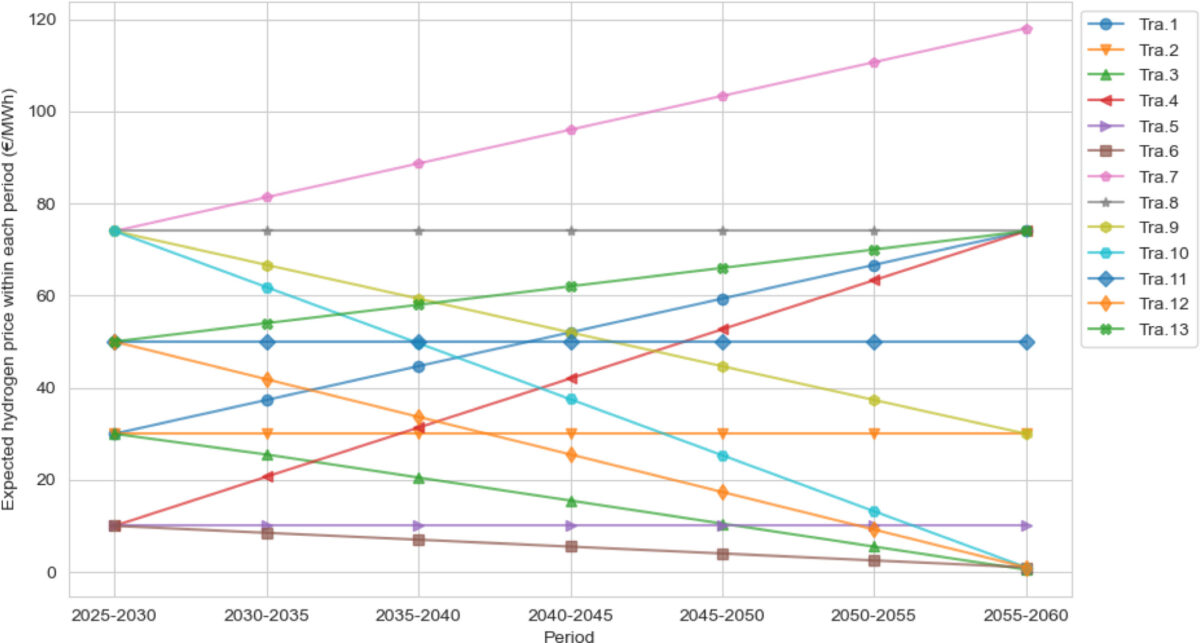
An attendee arranges Gold bars, part of the Czech National Bank's reserves in Prague, Czech Republic, on Tuesday, Feb. 25, 2025. Golds recent record-breaking run has been broadly supported by haven demand, amid concern and increasing confusion over US President Donald Trumps plan to enact sweeping tariffs.
Gold has surged this year, climbing 18% so far, supported by central-bank buying and heightened uncertainty in geopolitical and macroeconomic landscapes. Despite this, the metal has seen its prices held steady despite traders cutting their bets on the Federal Reserve easing U.S. interest rates. Lower rates tend to benefit non-yielding bullion, contributing to its resilience.
Several major banks have raised their price targets for gold, with Goldman Sachs now forecasting spot gold to reach $3,300 an ounce by year-end. The lender highlighted higher-than-expected central bank demand and strong inflows into gold-backed exchange-traded funds (ETFs) as drivers of the rally. Spot gold was trading at $3,111.44 an ounce at 1:35 p.m. in Singapore, with the Bloomberg Dollar Spot Index slightly easing.
Silver, platinum, and palladium also saw gains, reflecting broader commodities strength. Investors are closely monitoring the evolving trade tensions and the Federal Reserve's monetary policy to gauge potential market developments.







